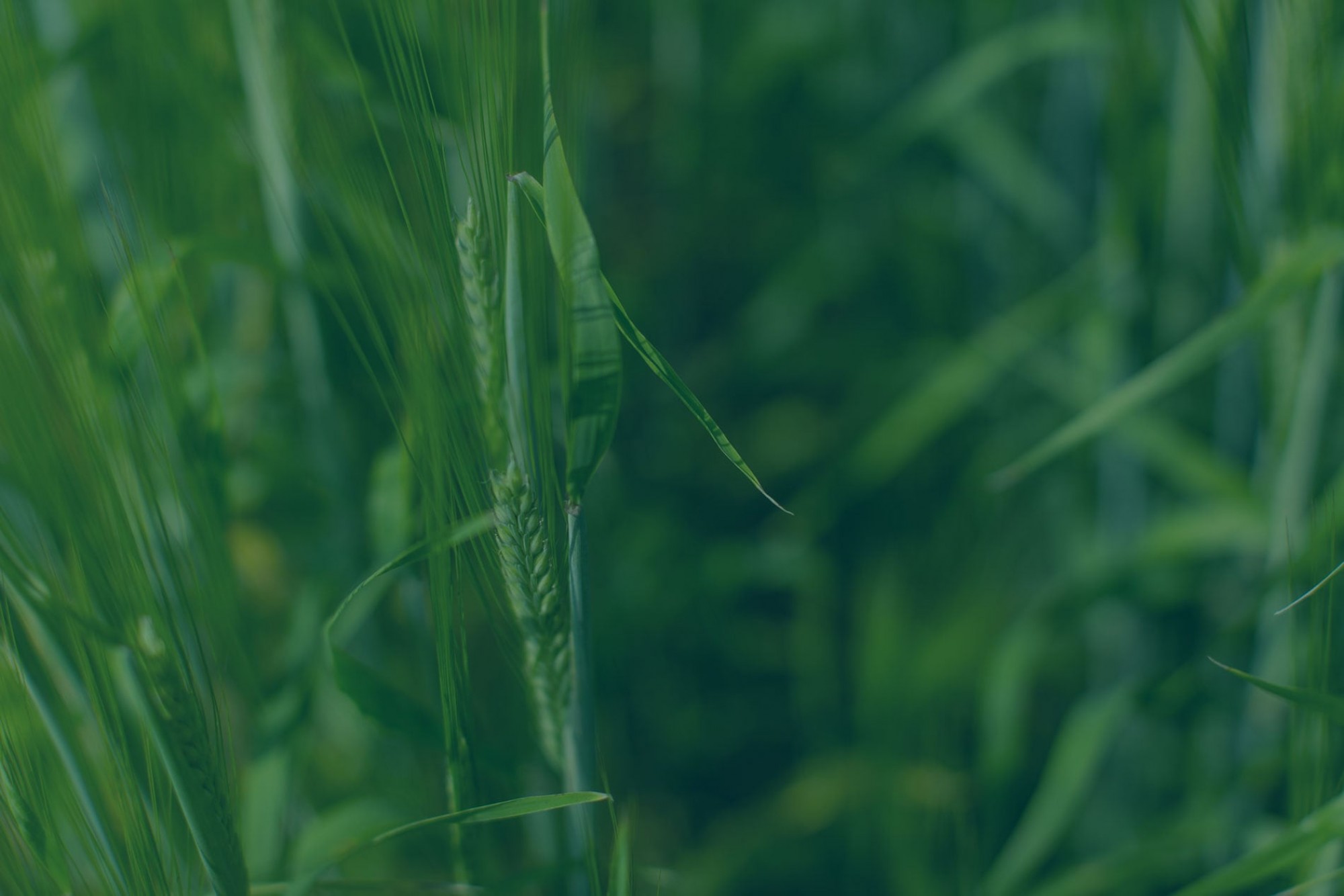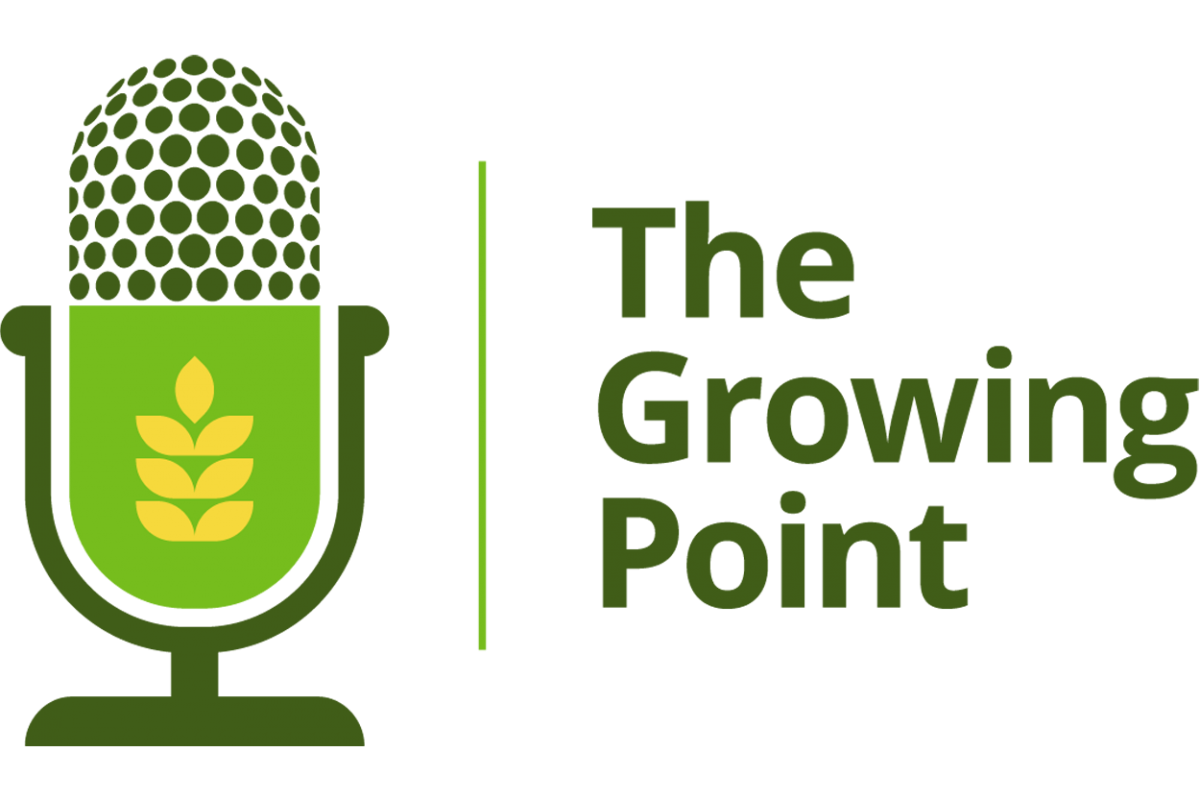To bale or not to bale? Straw management that benefits the upcoming year
Whether keeping or removing straw, residue management should be done as early as possible in the fall. Straw management is a critical step in creating good seeding conditions for the following year’s crop.
If excessive straw if not likely to be an issue in spring, retaining straw can release nutrients over multiple years and benefit soil organic matters. In addition, standing straw helps to trap snow and replenish soil moisture for the following year.
However, where crop biomass is large, or spring tends to be wet, straw creates challenges during spring seeding. In this case, methods such as straw chopping, baling, tillage, harrowing, or swath grazing may be available tools to manage excessive straw.
Each farm is unique in environment, soil, and equipment. Choose the straw management that works best on your farm. For more comprehensive information, please see:
Factsheet: Straw Management in Western Canada Wheat and Barley Cropping Systems

